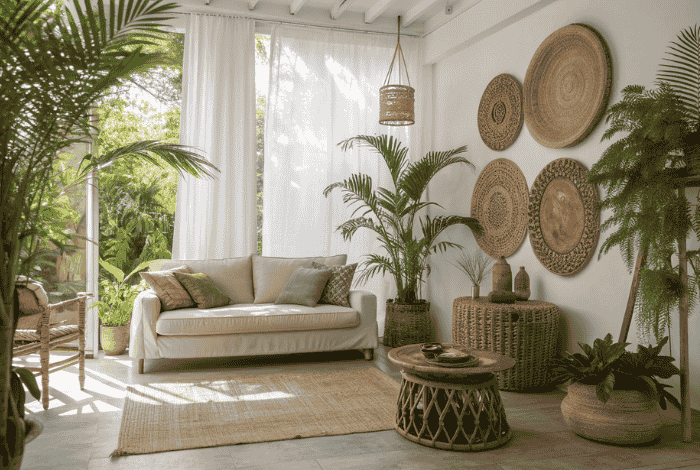So there was this time my cousin roped me into helping him “just tidy up” his yard. Four hours later I’m knee-deep in thorny shrubs, my shirt snagged, sweat running into my eyes, and I’m cursing at a root system that’s basically laughing at me. Turns out he planted one of those “oh so pretty” garden center specials years back… and it had taken over half the block.
That day I swore I’d never just grab a plant cause it looks cute. Some are garden angels, others are straight-up plant bullies. They spread, they choke out the good stuff, and you’ll spend summers fighting them instead of enjoying your lemonade.
So here’s my personal “never again” list. Shuffle them in your mind, but keep them far away from your cart. Trust me, future you will send me a thank-you card.
Butterfly Bush

Sure, it’s got pretty flowers and yes, butterflies show up. But it spreads like gossip at a family BBQ. Seeds blow around, land wherever they want, and soon you’ve got a purple invasion.
Pro tip: Even “seedless” varieties still need pruning. If you just gotta have it, plant it in a big container and keep those flowers deadheaded so seeds don’t form. Or swap it for native blooms like coneflower that feed pollinators without wrecking the neighborhood ecosystem.
Mexican Evening Primrose
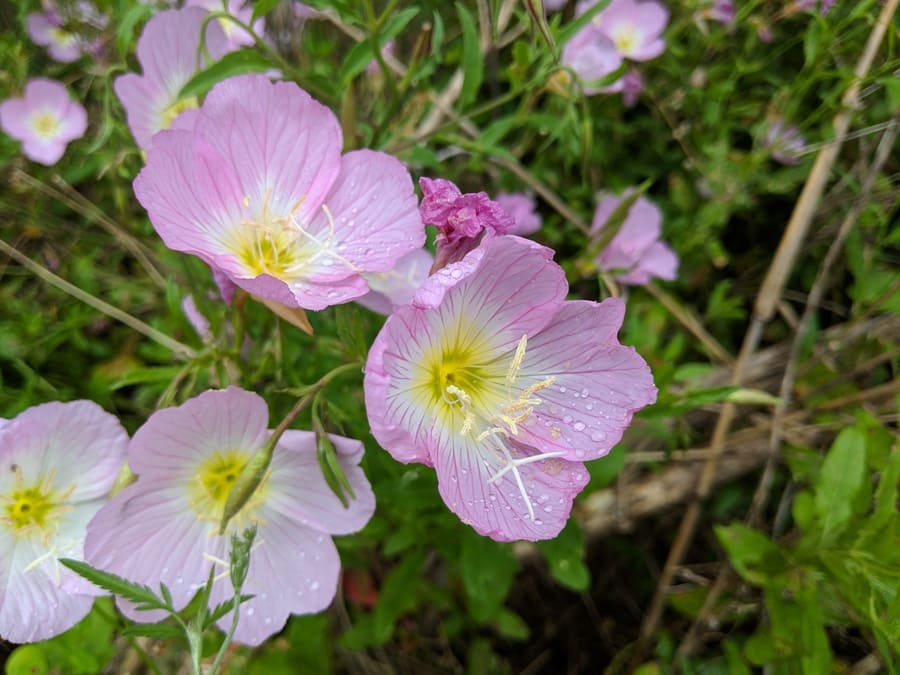
She’s pink. She’s dainty. She’s also a sprinter with roots that don’t take no for an answer. Pull it up? Nope, it comes back, grinning.
Hack: If you inherited it from the previous homeowner, dig out a deep trench around it and install a plastic root barrier. Better yet, replace it with creeping phlox. Same soft colors, way less backache.
English Ivy
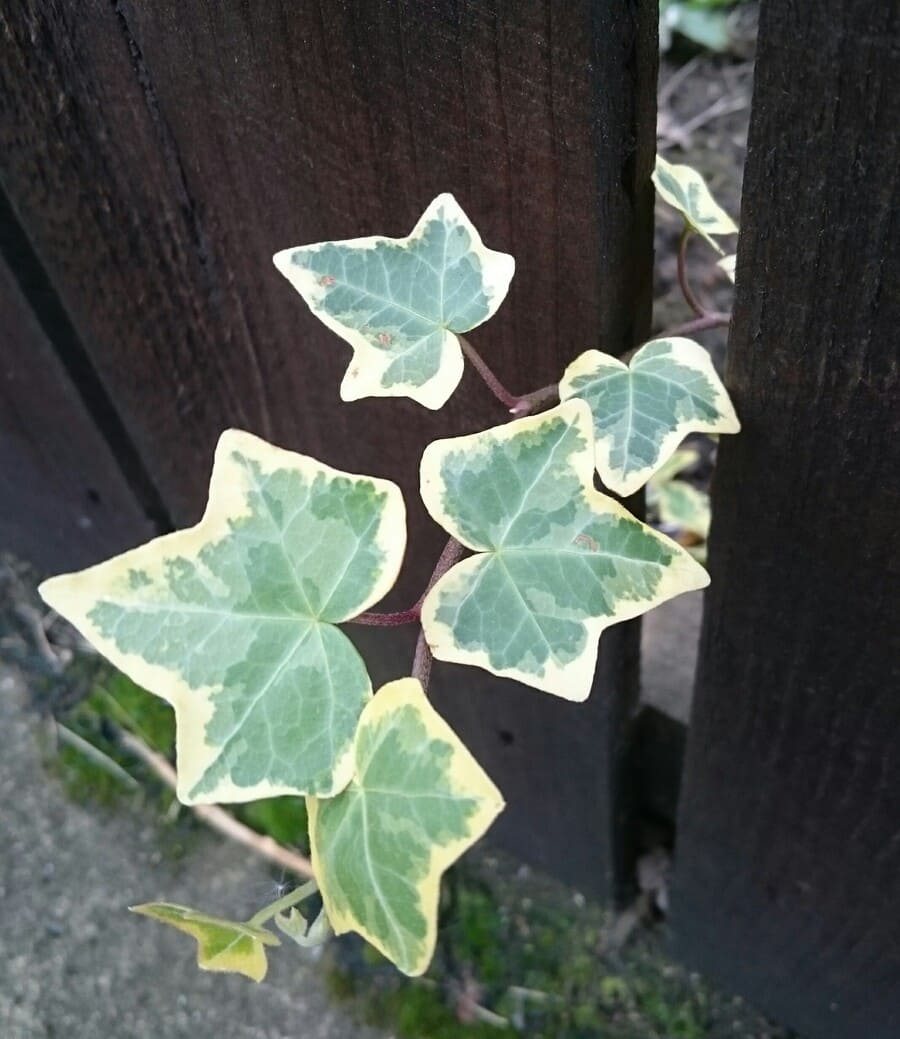
Ivy on a wall looks romantic in movies. In real life? It’s basically a villain with leaves. Climbs, clings, and rips apart brickwork. Plus it smothers the plants you actually like.
Pro tip: If you’re dealing with it, cut the vines at the base first and let them dry before pulling them down. Fresh ivy clings like a toddler at drop-off. Try climbing hydrangea instead, it’s way better behaved.
Chameleon Plant (houttuynia cordata)
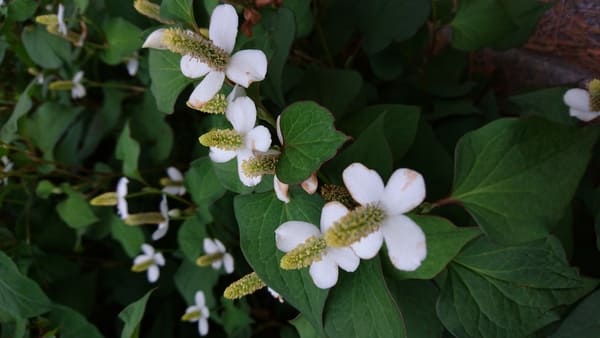
One of my earliest garden regrets. Gorgeous variegated leaves, smells kind of citrusy. But the roots… oh boy. They snap into tiny pieces when you dig, and each piece is like, “Hey, I’m a new plant now.”
Hack: If you already have it, smother it with thick black landscape fabric for a whole season. Or just avoid it completely and go for coral bells for a pop of color.
Callery Pear
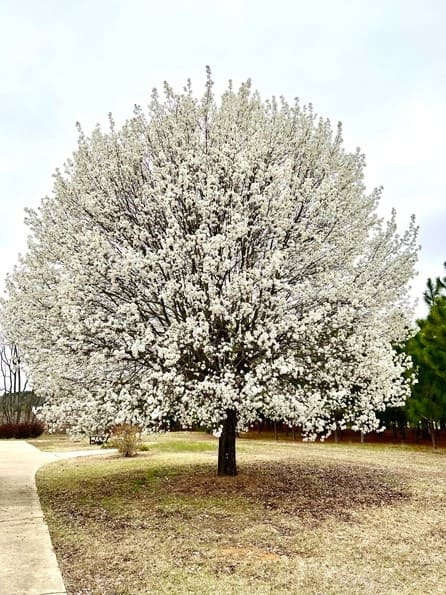
I still remember when these trees were everywhere, all fluffy white in spring. Then I learned the hard truth — they cross-pollinate, make seeds, and those seeds spread into wild spaces.
Tip: Some states have banned them now. If you want a spring bloomer, try dogwood or serviceberry instead. They feed wildlife and won’t cause the same mess.
Scotch Broom
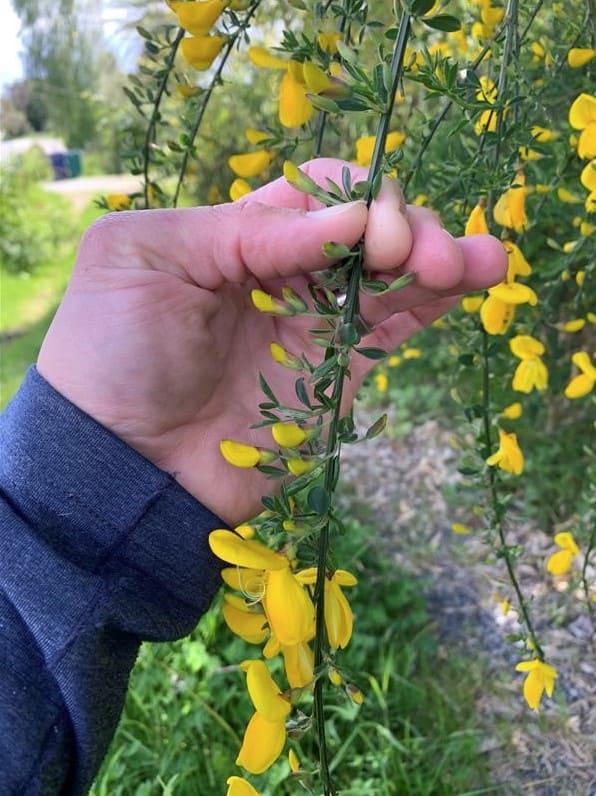
I once thought, “Oh, bright yellow flowers will cheer up the back corner.” Bad idea. It produces thousands of seeds and doesn’t mind poor soil. It even puts toxins in the ground to keep other plants out.
Pro tip: Wear gloves if you remove it — and be ready for a second and third round, cause the seed bank in the soil sticks around for years. For yellow without the drama, yellow wild indigo is a gem.
Bamboo
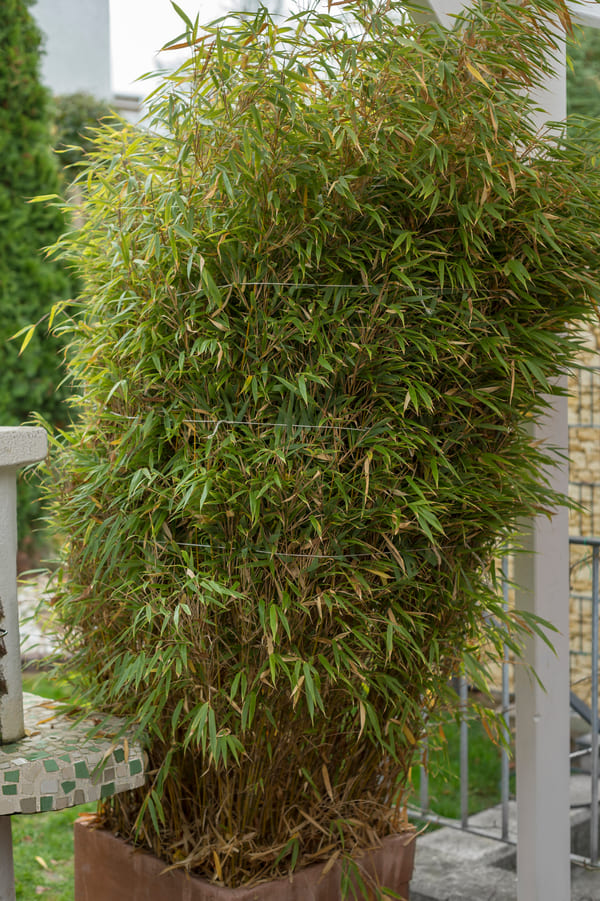
I’ve seen bamboo jump under fences like it’s got somewhere to be. Running bamboo sends out roots that can travel 100 feet. You think you planted a little zen grove, and suddenly your neighbor’s driveway is cracking.
Hack: If you want bamboo vibes, pick clumping bamboo in a big pot. Or plant ornamental grasses like miscanthus — same sway in the wind, no root nightmares.
Barberry
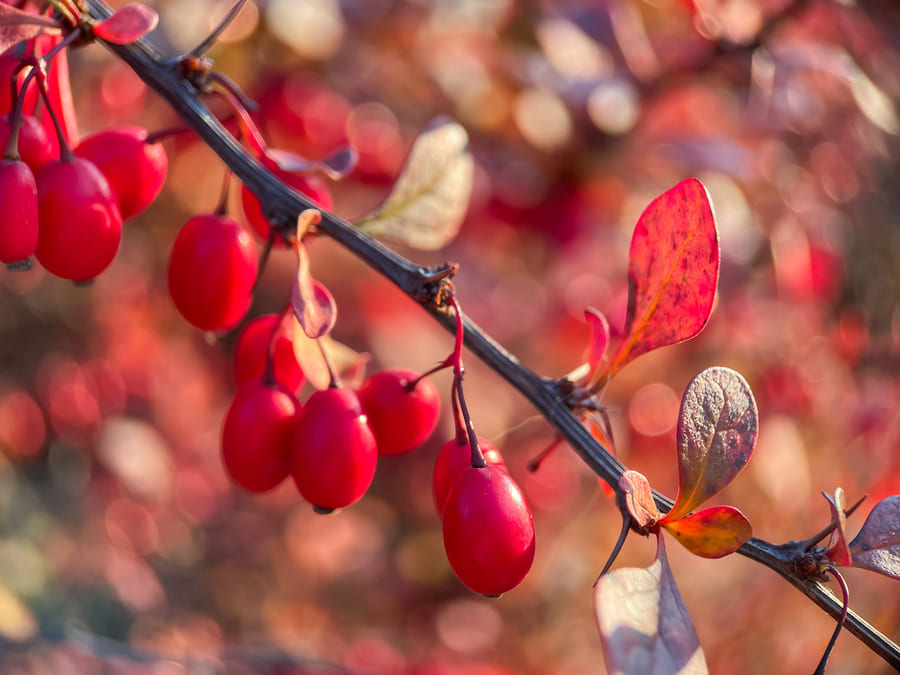
Looks harmless in the garden center. Nice foliage, berries for the birds. But birds poop those seeds everywhere and soon you’ve got dense thorny patches. Oh, and ticks love hanging out in it.
Pro tip: If you must keep it, prune often and keep the base cleared so ticks have fewer places to hide. Or plant ninebark instead — it’s just as pretty without the pest hotel.
Japanese Honeysuckle
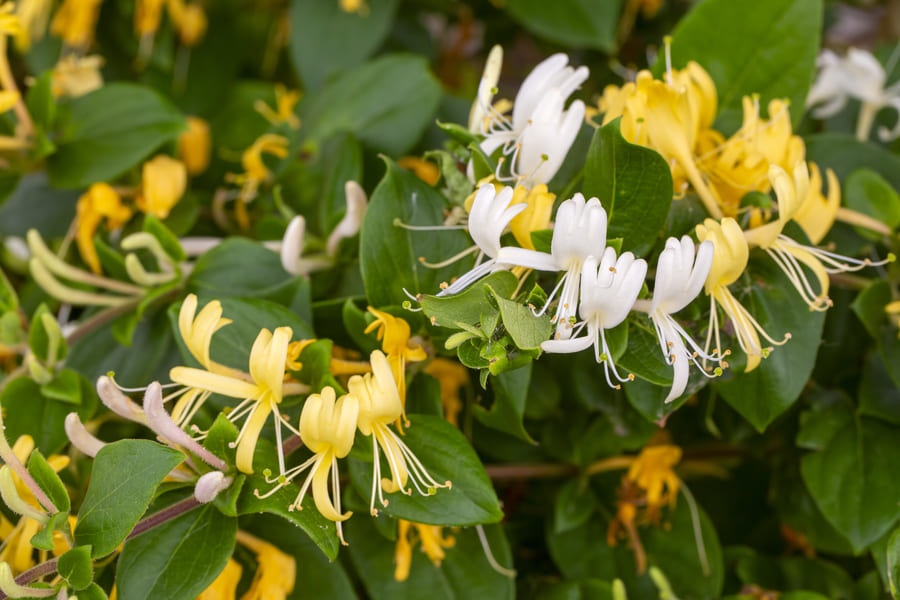
Smells sweet, but don’t be fooled. It wraps around native plants and trees like it’s giving a hug… until the “hug” kills them. Birds spread the seeds and you’ll find it everywhere.
Hack: If you spot it early, pull it before it flowers. Once berries form, you’re in for years of weeding. Consider planting native honeysuckle species that smell great and stay in their lane.
Lily of the Valley

Tiny white bells, big trouble. Spreads underground and pushes out other plants. Plus, it’s poisonous — not the kind of surprise you want if kids or pets wander through the garden.
Pro tip: Plant snowdrops instead for a similar early spring vibe. They don’t take over, and they’re much safer.
Burning Bush
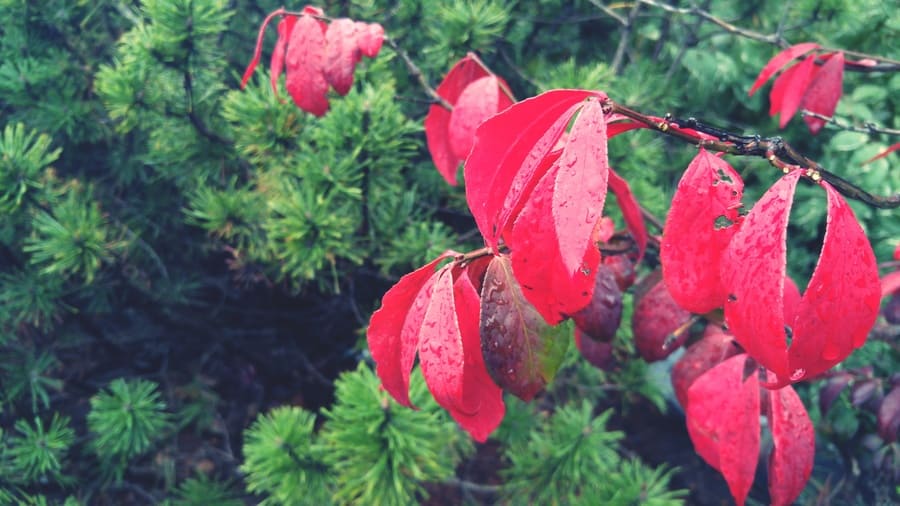
Fall color for days, yes, but it’s banned in some states now because it spreads like wildfire into forests. I ripped mine out after seeing it pop up in my neighbor’s woods.
Hack: For bright red leaves, try oakleaf hydrangea or blueberry bushes. They give you the color show and even a snack if you like berries.
Ending Thoughts
I used to grab whatever caught my eye at the garden center. Big mistake. Plants aren’t just about looks — they’ve got personalities. Some are needy divas, some are quiet helpers, and some are full-blown troublemakers that will take over your weekends.
If you take nothing else from my rambling, remember this: research before you buy. Talk to the old timers at the local nursery, they’ve seen it all. And when in doubt, pick native plants. They play nice with the local bugs, birds, and bees, and they won’t turn your yard into a battle zone.











